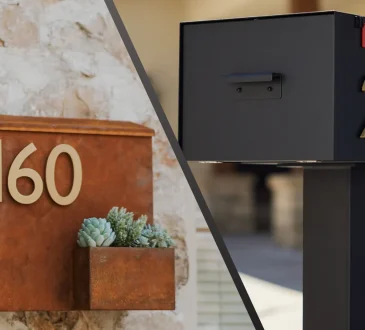
They are used to regulate energy or to segment the networks for a dynamic division of the distribution according to the needs of the areas or areas. The best options come with the globe valve there.
What are the good recommendations for the performance of the regulation?
The recommendations are justified by considering the principles involved between the adjustment signal from the regulator and the power emitted (or the temperature differences at the secondary, proportional to the power). These principles are summarized.
Behavior of a regulation
From adjusting the valve to the resulting power, the behavior
Of a regulation depends on several phenomena, in a chain
The proper functioning of a loop control to regulate a temperature therefore depends on the choices at these three levels:
The characteristic curve of the valve: equal percentage
The “authority” of the valve, that is to say its pressure drop relative to the pressure drop of the entire circuit traversed by the variable flow rate. It must be sufficient (greater than 0.33). The progressiveness of the flow rate adjustment depends on it. The relative pressure drop of the valve on opening is characterized by its Kvs: flow rate in m3 / h for a pressure difference of 1 bar applied to the valve.
- The “efficiency” of the exchanger, that is to say the temperature drop (or rise in cooling) at the secondary relative to the difference at the inlet (temperature difference between the inlet of the primary and secondary school). To be adjustable, the exchanger must have sufficient efficiency, greater than 0.2 it is commonly equal to about 0.3 for a well-sized exchanger. The progressiveness of the power adjustment depends on it.
- More detailed descriptions of these phenomena and the resulting recommendations can be found in the publication of the journal CFP “Low load control valves”.
The “open chain” of figure 3 is “looped” by the regulator which measures a temperature and actuates the valve according to its “algorithm”: P, PI, PID or more complex. These parameters can be adapted automatically, but the fact remains that the control qualities of the loop depend primarily on the behavior of the valve and on its authority. A regulator cannot compensate for faults in a valve.
However, it is the regulator that is most often considered as the element on which the quality of loop regulation depends.
In summary, for valves to participate in the energy efficiency of technical building systems, the designer must follow guidelines:
- Conduct these simple calculations.
- Efficiency of exchangers by knowing the nominal temperatures at the exchanger connections.
- Valve authority by knowing the distribution of pressure drops in the network.
- Choose the valves according to their most important specifications: characteristic curve (Kv curve at equal percentage), pressure drop on opening (Kvs).
- The leakage Kv (Kv0) and the minimum adjustment Kv (Kvr) are also parameters to consider.
Could it be that a control valve is leaking?
Whatever the use of a valve, its tightness is a desirable quality, but it is not systematically ensured for all models, it depends on their construction. Not all sector valves, for example, are completely sealed. The supplier indicates for this a leakage Kv: Kv0 or its relative value Kv0 / Kvs.




